 Today’s post comes from Brandon Kwong the Development & Marketing Coordinator for the Center for Pan Asian Community Services, Inc.
Today’s post comes from Brandon Kwong the Development & Marketing Coordinator for the Center for Pan Asian Community Services, Inc.
Brandon was born and raised in the San Francisco area of California, and attended the University of California, Irvine—receiving a BA in Psychology & Social Behavior with minors in Educational Studies and Urban & Regional Planning. He now resides in Atlanta, GA where he works at the Center for Pan Asian Community Services, Inc. (CPACS) as the Development & Marketing Coordinator. At the time period of which this blog post describes, Brandon was an AmeriCorps VISTA (Volunteer in Service to America) serving at CPACS.
This past October, under very unique circumstances, my friend and I had the chance to go overseas to the  Philippines for a Volunteer Vacation through HandsOn Network/ HandsOn Manila. This incredible opportunity was especially astonishing for me; being a 4th generation Chinese American, I had never traveled to anywhere in Asia, let alone been outside of the United States. Our travels first began by flying into Manila (from Georgia to California, to Japan, then to the Philippines), arriving really late at night. Getting off the plane, we had no idea what to expect or where we were supposed to go—or who we were even supposed to meet for that matter. After stumbling around the airport for a bit, we were thankfully greeted by a few representatives from HandsOn Manila. While riding in the shuttle and looking out the windows, I was in complete awe of the surrounding cityscape. Even though all of the buildings, streets, highways, and bridges seemed nothing more than what I would have normally seen in a semi-congested US city, it was still quite surreal.
Philippines for a Volunteer Vacation through HandsOn Network/ HandsOn Manila. This incredible opportunity was especially astonishing for me; being a 4th generation Chinese American, I had never traveled to anywhere in Asia, let alone been outside of the United States. Our travels first began by flying into Manila (from Georgia to California, to Japan, then to the Philippines), arriving really late at night. Getting off the plane, we had no idea what to expect or where we were supposed to go—or who we were even supposed to meet for that matter. After stumbling around the airport for a bit, we were thankfully greeted by a few representatives from HandsOn Manila. While riding in the shuttle and looking out the windows, I was in complete awe of the surrounding cityscape. Even though all of the buildings, streets, highways, and bridges seemed nothing more than what I would have normally seen in a semi-congested US city, it was still quite surreal.
The next morning, we were greeted and picked up by Ms. Perrey Belen, our to-be guide for the rest of our trip in the Philippines. Perrey took us to the HandsOn Manila office, which was a very small yet humbling space. We were introduced to all of the services and volunteer opportunities that HandsOn Manila provides and coordinates. Despite their size, it was an incredible honor to work with such an established organization that truly provides the driving force for volunteer mobilization, utilizing corporate and civic engagement within Manila and the Philippines. While at HandsOn Manila, we also learned about the community we would be serving during our time in Boracay, a tourist island south of Manila that has been ranked as the 2011 World’s 4th Best Choice island to see.
The Ati community pertains to the indigenous people of Boracay, who have been forced to relocate from their original homes due to the high tourism of the island. Most of the Ati live in small makeshift communities in the back of the island, away from the main tourist areas. We were told that the Ati are not even allowed on the main tourist beaches because of their much darker complexion. The particular Ati community we volunteered at was organized by a small group of nuns, led by Sister Victoria. These nuns have a partnership with HandsOn Manila to have volunteers come in and help with their daycare and school. Sister Victoria explained to us that a while ago, the government had awarded land to the Ati community. However, they are still unable to occupy the land that was set appointed to them because of large resistance by claimants and private property owners.
 Arriving in Boracay—first by plane, then boat, and finally by tricycle (a motorcycle with an attached covered side-carriage, and the primary mode of transportation around the island)—it was undeniably the most beautiful place I had ever seen; by the end of the trip, I was convinced I would probably never experience any such beautiful place again in my life. After getting off the tricycle, we quickly got settled and hopped on another tricycle where Perrey took us to meet the Ati we would be working with for the next couple of days.
Arriving in Boracay—first by plane, then boat, and finally by tricycle (a motorcycle with an attached covered side-carriage, and the primary mode of transportation around the island)—it was undeniably the most beautiful place I had ever seen; by the end of the trip, I was convinced I would probably never experience any such beautiful place again in my life. After getting off the tricycle, we quickly got settled and hopped on another tricycle where Perrey took us to meet the Ati we would be working with for the next couple of days.
We started off our first day with the Ati by going to the school/ daycare where the ages of kids ranged from about 4 to 10. During the day, many of the adults are away working, and the children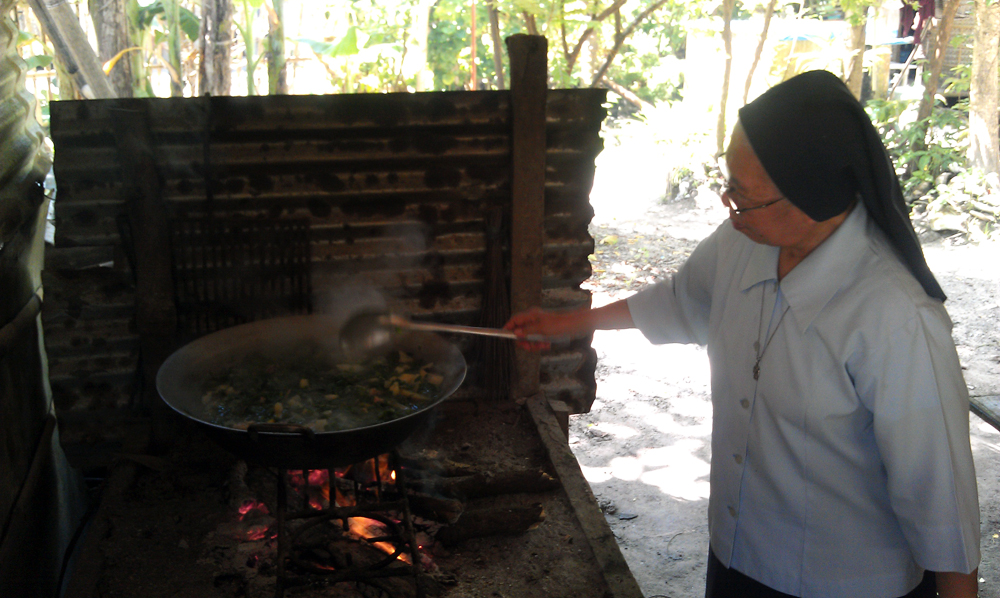 are taken care of by the nuns and a few other Ati adults. We served the children breakfast, which had juice and a small piece of bread for each little one. HandsOn Manila had provided us with various coloring workbooks to give to the kids. It was a little bit difficult since the Ati children did not speak English at all. In fact, they don’t even speak Tagalog (the most commonly spoken Filipino language), but a completely different dialect, so they are unable to communicate with many of the Filipinos around Boracay. Fortunately, most of the kids were quick learners, and were good enough to teach the others in their own language.
are taken care of by the nuns and a few other Ati adults. We served the children breakfast, which had juice and a small piece of bread for each little one. HandsOn Manila had provided us with various coloring workbooks to give to the kids. It was a little bit difficult since the Ati children did not speak English at all. In fact, they don’t even speak Tagalog (the most commonly spoken Filipino language), but a completely different dialect, so they are unable to communicate with many of the Filipinos around Boracay. Fortunately, most of the kids were quick learners, and were good enough to teach the others in their own language.
After spending instructional time with the children, they were most excited to play with my friend and I while the Ati adults were beginning to prepare lunch in the back. Playing with the kids was honestly one of the most fun activities. In their culture, the Ati do not normally have any formal education system or any concepts of a school. The nuns first introduced the idea of a school, as well as introducing the children to wearing clothes. Thus, the kids were purely happiest when just playing around. Taking a break from the kids, my friend and I went to the back to help prepare and serve their lunch. Ati food primarily consists of a lot of soups and leafy greens with very minimal spices.
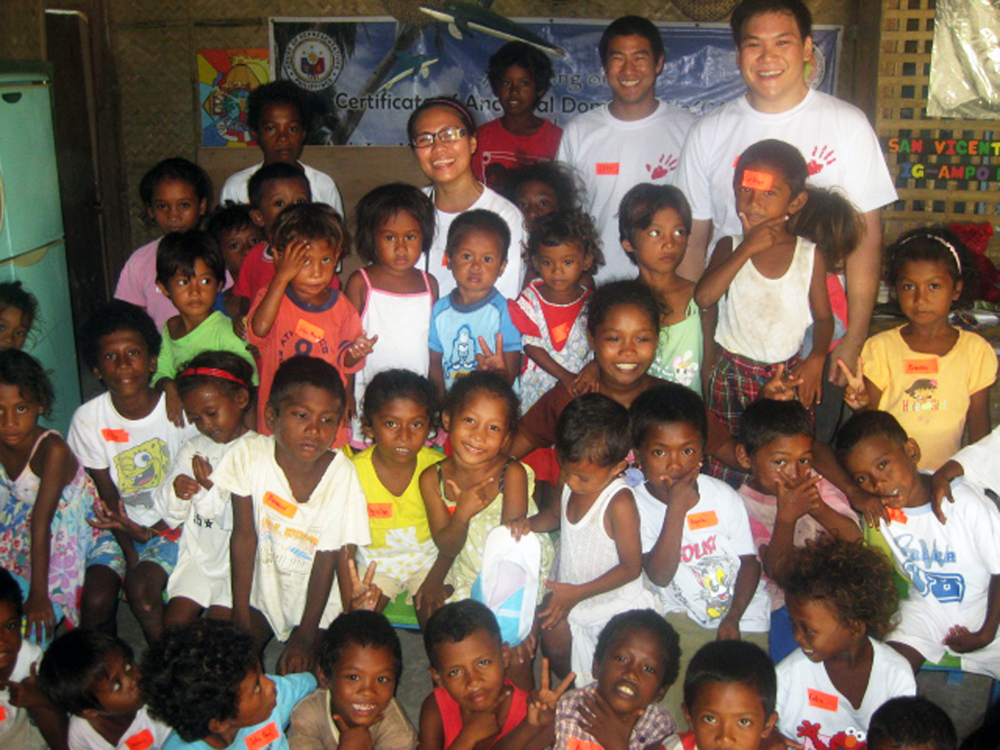 We left after serving all of the children and after trying a small bowl for the three of us, but we came back the next day with small gifts we had bought from the market—markers, erasers, and various stickers with numbers and the alphabet. This time around, we arrived in time to jump in and play with the kids in a few of their native games and help cook another meal for everyone. Overall, it was incredible learning about and experiencing the Ati culture. I can only hope the resettlement of the Ati community in Boracay becomes resolved soon between the government and property owners.
We left after serving all of the children and after trying a small bowl for the three of us, but we came back the next day with small gifts we had bought from the market—markers, erasers, and various stickers with numbers and the alphabet. This time around, we arrived in time to jump in and play with the kids in a few of their native games and help cook another meal for everyone. Overall, it was incredible learning about and experiencing the Ati culture. I can only hope the resettlement of the Ati community in Boracay becomes resolved soon between the government and property owners.
To learn more about HandsOn Manila visit: http://www.handsonmanila.org.ph/main/
To learn more about Volunteer Vacations visit: http://www.handsonmanila.org.ph/volunteervacations/
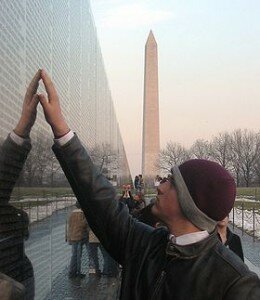 Memorial Day is this upcoming Monday, May 28. Time to enjoy a day off work, put on your best white attire, and fire up the back yard barbecue. Have you ever wondered why we celebrate Memorial Day?
Memorial Day is this upcoming Monday, May 28. Time to enjoy a day off work, put on your best white attire, and fire up the back yard barbecue. Have you ever wondered why we celebrate Memorial Day?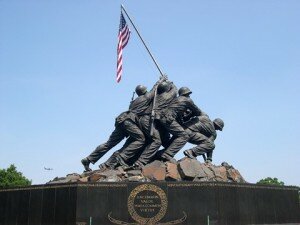



 veteran relief and safety education. The American Red Cross also expanded their services to disaster victim relief and services.
veteran relief and safety education. The American Red Cross also expanded their services to disaster victim relief and services.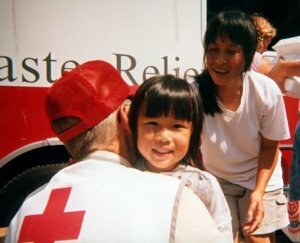
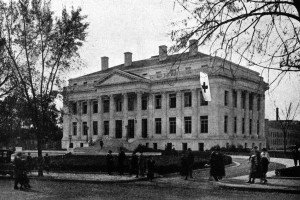 These accomplishments would not be possible without the 131 years of American Red Cross existence. May 21 is the day to celebrate the birthday of such an amazing volunteer organization. Take a minute to thank your local Red Cross chapter for the all the work they do.
These accomplishments would not be possible without the 131 years of American Red Cross existence. May 21 is the day to celebrate the birthday of such an amazing volunteer organization. Take a minute to thank your local Red Cross chapter for the all the work they do.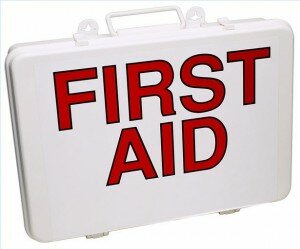 ilding is the safest alternative. Do not seek shelter in a hallway or bathroom of a mobile home. If you have access to a sturdy shelter or a vehicle, abandon your mobile home immediately. Go to the nearest sturdy building or shelter immediately, using your seat belt if driving. Do not wait until you see the tornado.
ilding is the safest alternative. Do not seek shelter in a hallway or bathroom of a mobile home. If you have access to a sturdy shelter or a vehicle, abandon your mobile home immediately. Go to the nearest sturdy building or shelter immediately, using your seat belt if driving. Do not wait until you see the tornado.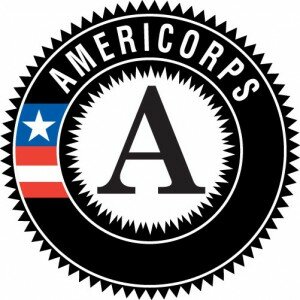 Hooray, hooray! Happy AmeriCorps Week everyone! Let’s kick off the week by explaining what exactly AmeriCorps is, in case you still do not know.
Hooray, hooray! Happy AmeriCorps Week everyone! Let’s kick off the week by explaining what exactly AmeriCorps is, in case you still do not know.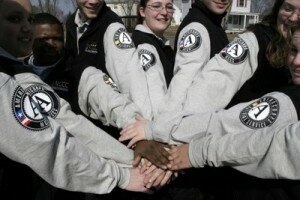 intensive service in community programs. Members have the opportunity to serve in a variety of agencies including faith-based, community organizations, higher education, and public agencies. Their goals are to raise awareness in the fields of education, environment, public safety, and health. They engage in direct service such as after-school tutoring, volunteer recruitment, and capacity building.
intensive service in community programs. Members have the opportunity to serve in a variety of agencies including faith-based, community organizations, higher education, and public agencies. Their goals are to raise awareness in the fields of education, environment, public safety, and health. They engage in direct service such as after-school tutoring, volunteer recruitment, and capacity building.
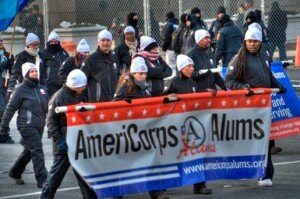 Civilian Community Corps. Their goal is to strengthen communities, while building leaders out of team service. NCCC members focus on aiding national crises.
Civilian Community Corps. Their goal is to strengthen communities, while building leaders out of team service. NCCC members focus on aiding national crises.
 In 2010, it was
In 2010, it was  are great sources to not only find volunteering opportunities, but also to get facts on hunger and who it affects.
are great sources to not only find volunteering opportunities, but also to get facts on hunger and who it affects.
 neighborhood. You can donate the proceeds to your community’s soup kitchen, food bank, or your favorite hunger cause.
neighborhood. You can donate the proceeds to your community’s soup kitchen, food bank, or your favorite hunger cause.
 throughout the nation. Whether you’re serving your local school, nursing home, community organization, or mentoring someone, the service volunteers provide is PRICELESS, ha ha no pun intended! But in all seriousness, we are so thankful for the great service of volunteers and want offer you 4 ways to
throughout the nation. Whether you’re serving your local school, nursing home, community organization, or mentoring someone, the service volunteers provide is PRICELESS, ha ha no pun intended! But in all seriousness, we are so thankful for the great service of volunteers and want offer you 4 ways to 
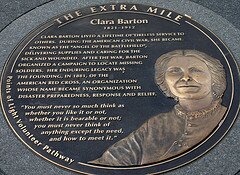
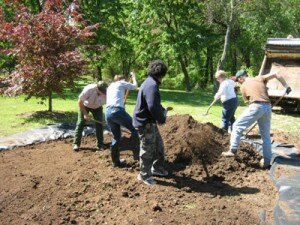
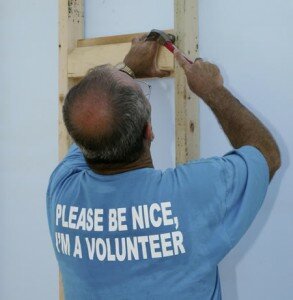
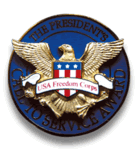





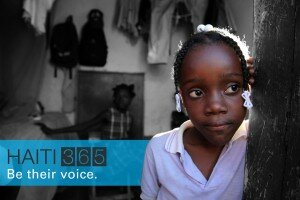 l media channels lately, you may be asking yourself what is this #Haiti365 stuff? It is a good thing you are reading our blog today because we are about to tell you exactly why we are talking about this and why
l media channels lately, you may be asking yourself what is this #Haiti365 stuff? It is a good thing you are reading our blog today because we are about to tell you exactly why we are talking about this and why 
 UNICEF has saved more children’s lives than any other humanitarian organization in the world. Working in more than 150 countries, UNICEF provides children with health and immunizations, clean water, nutrition, education, emergency and disaster relief, and more. The U.S. Fund for UNICEF supports UNICEF’s work through fundraising, advocacy, and education in the United States.
UNICEF has saved more children’s lives than any other humanitarian organization in the world. Working in more than 150 countries, UNICEF provides children with health and immunizations, clean water, nutrition, education, emergency and disaster relief, and more. The U.S. Fund for UNICEF supports UNICEF’s work through fundraising, advocacy, and education in the United States. African-Americans and Canadians have made tremendous contributions to every facet of life—from science to music to athletics. Take your family to a local museum to learn about the significant contributions of African Americans.
African-Americans and Canadians have made tremendous contributions to every facet of life—from science to music to athletics. Take your family to a local museum to learn about the significant contributions of African Americans.


